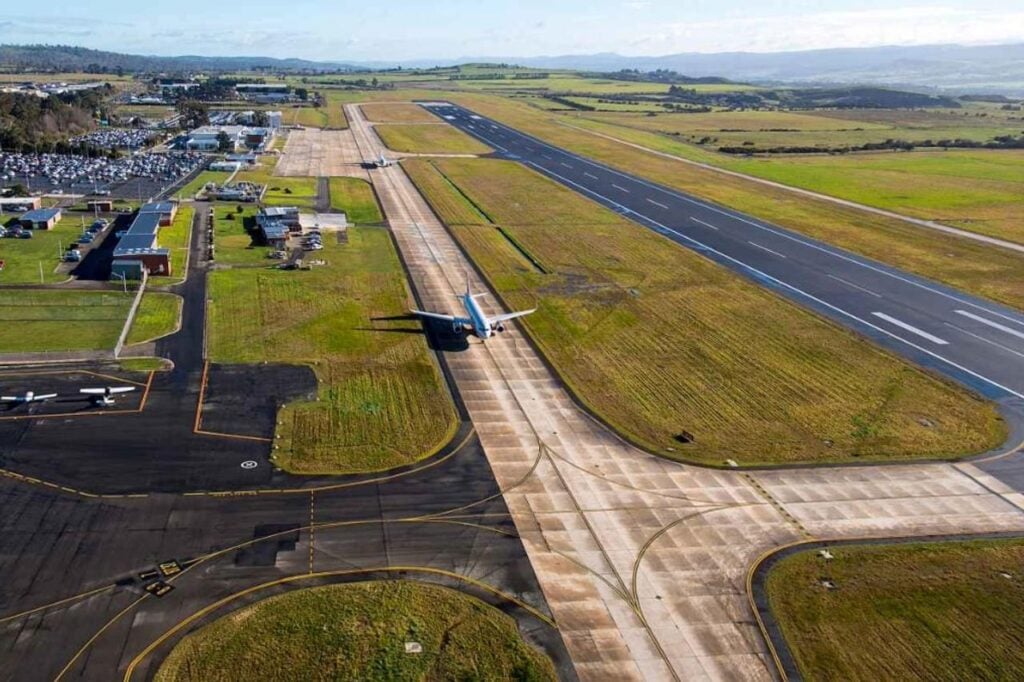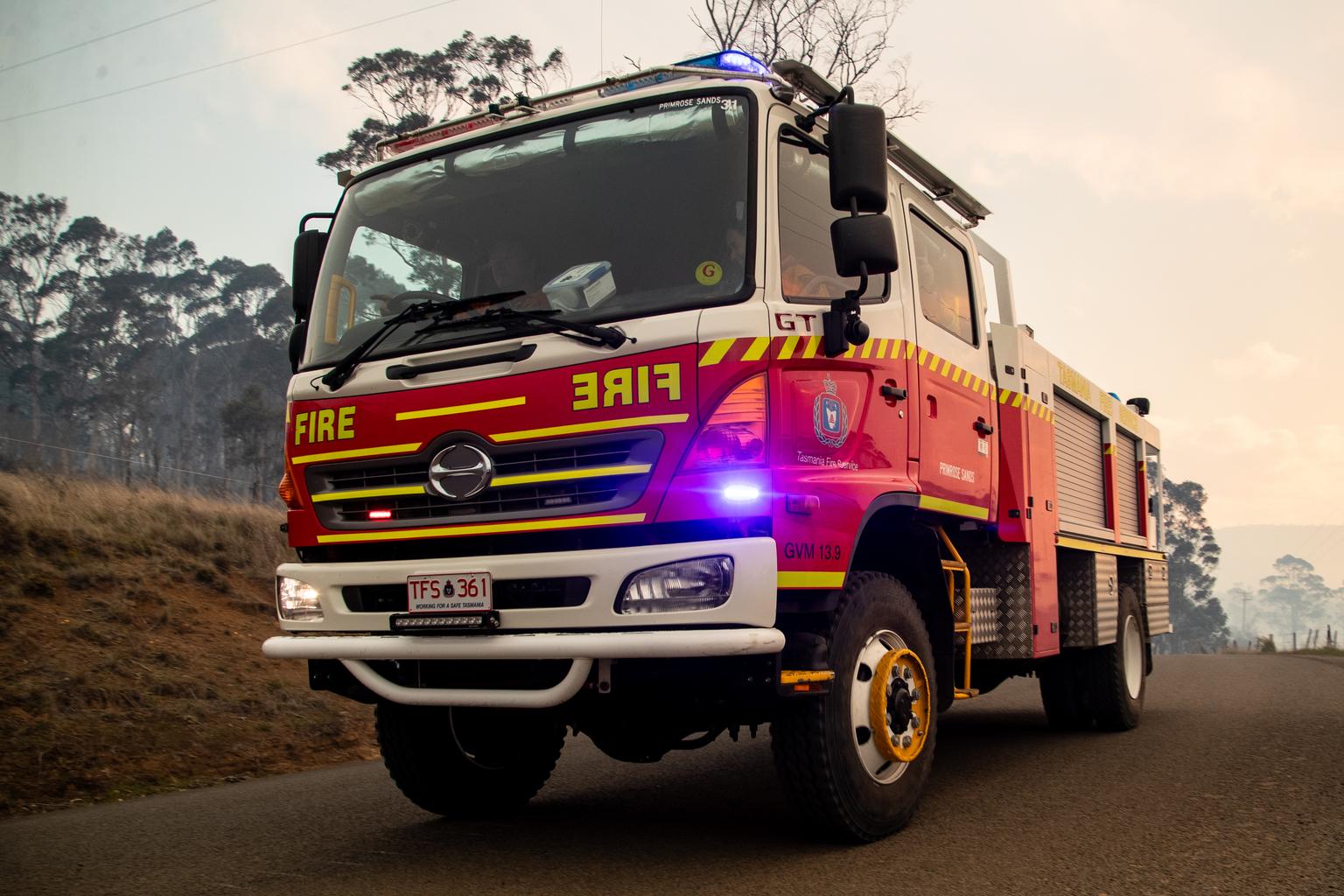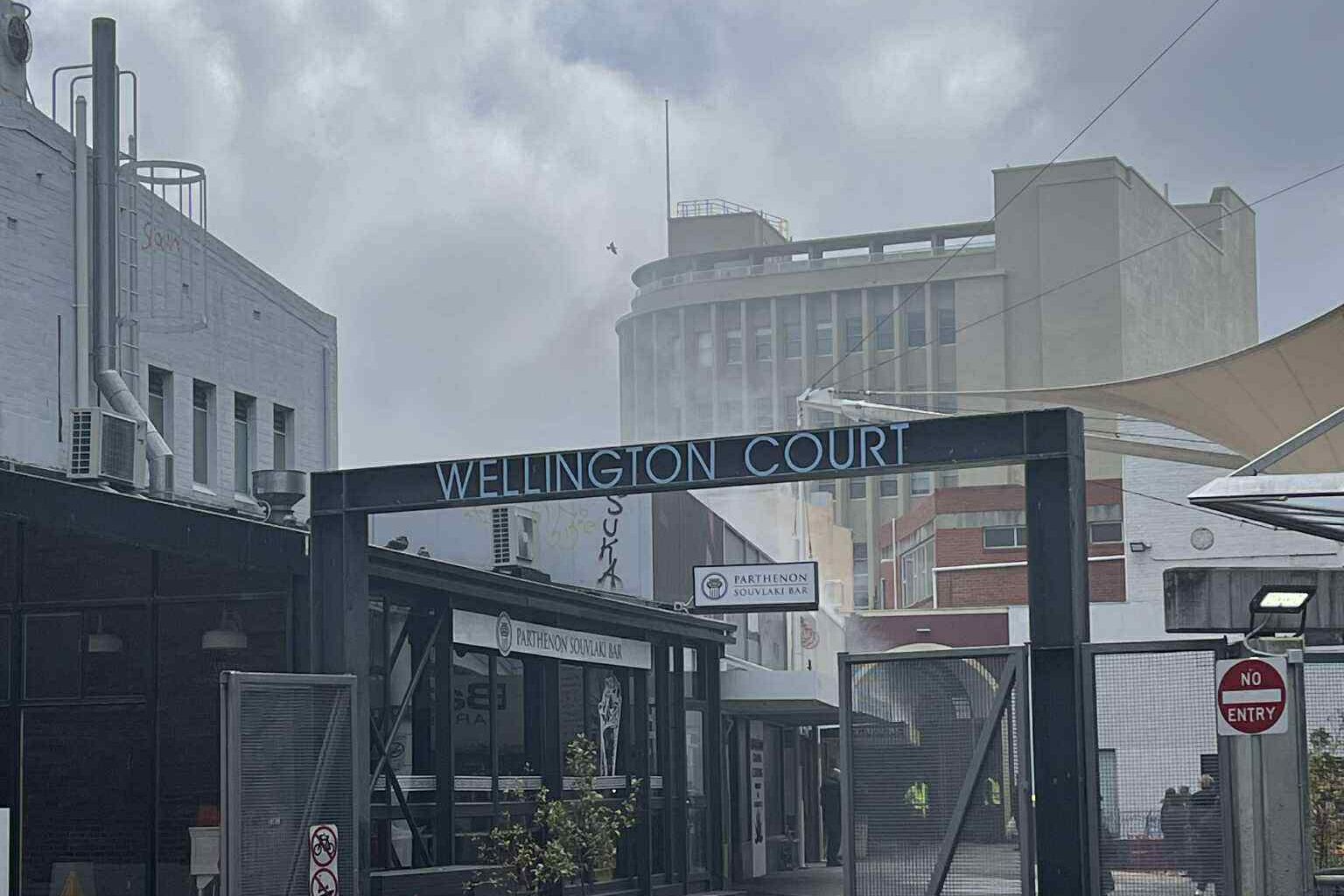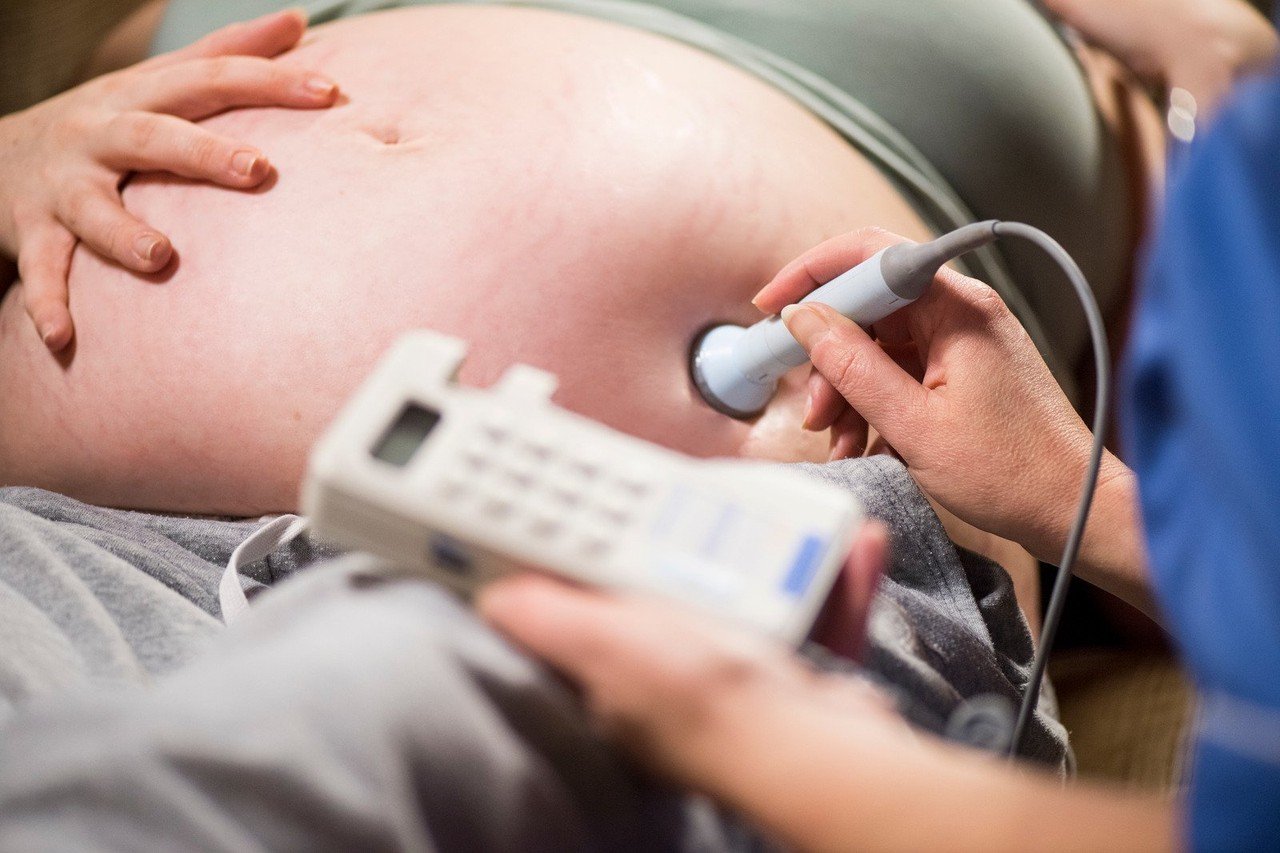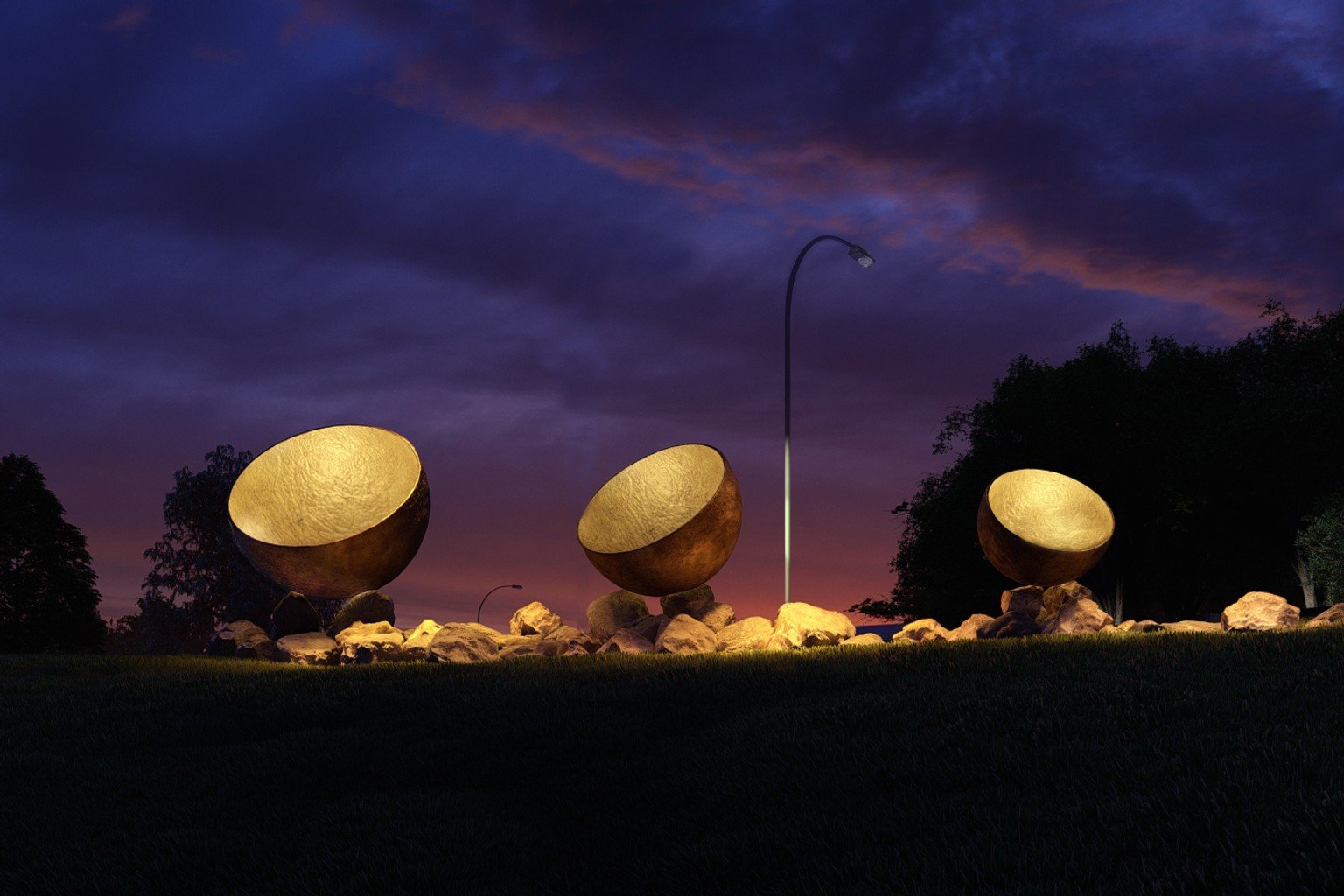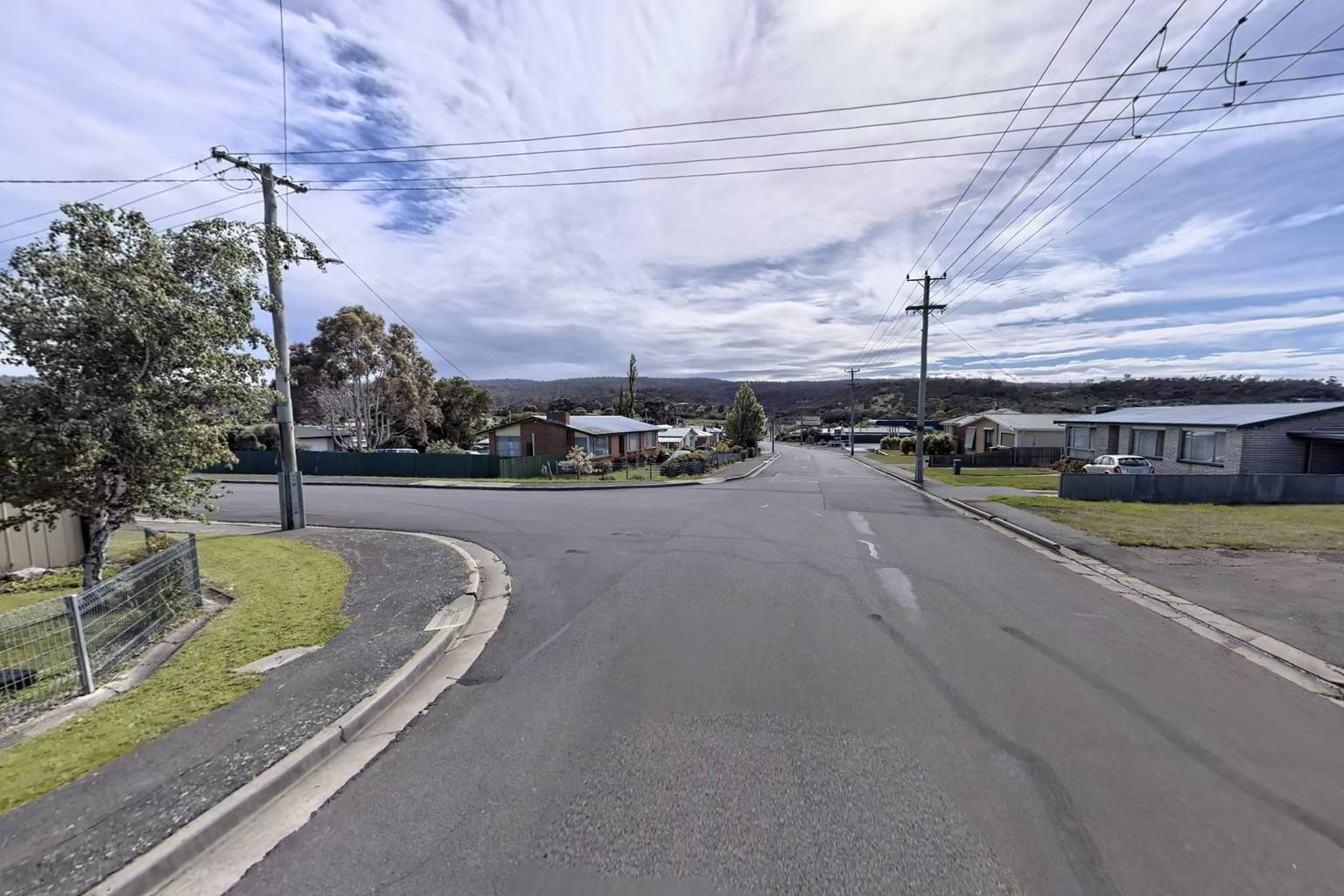A charter pilot blinded by sun glare mistook a taxiway for the runway at Launceston Airport and came within 15 metres of another aircraft before pulling up at the last moment, investigators have found.
The Pilatus PC-12 operated by Armada Aviation was carrying five people from Essendon to Launceston on June 13 when the pilot lined up with a taxiway instead of runway 32L.
The sun was sitting low in the sky, 10 degrees to the left of the runway, as the single-engine turboprop descended in clear conditions.
At low altitude, the pilot realised the mistake and banked sharply right then left to line up with the correct runway, before aborting the approach altogether.
A Cessna 152 training aircraft was waiting at a holding point as the larger plane passed just 15 metres behind it at about 45 feet above the ground.
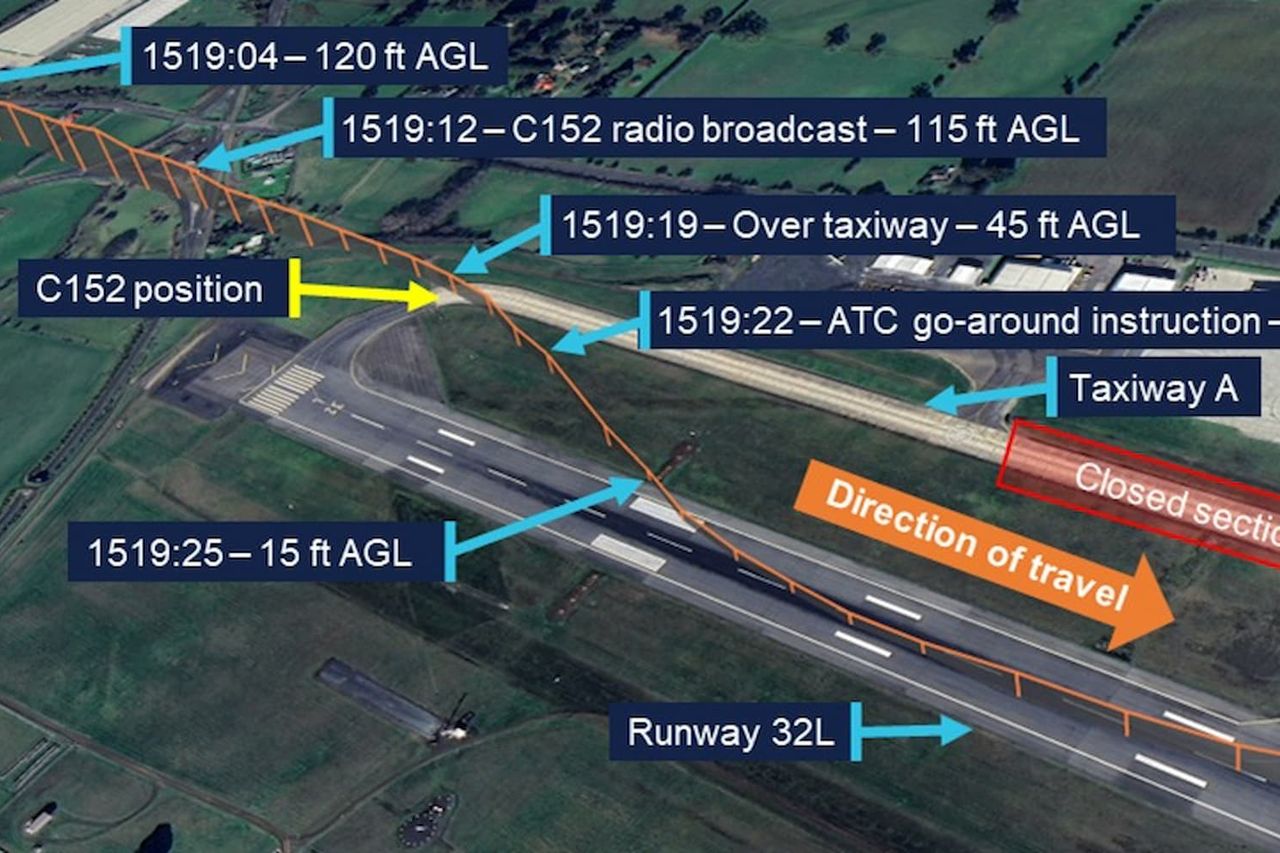
The Pilatus pilot later told investigators they hadn’t seen the Cessna during the incident. A second approach was successful and the aircraft landed safely.
If the pilot had continued the landing, the plane would likely have cleared the waiting Cessna but probably crashed into construction equipment further down the taxiway, according to the Australian Transport Safety Bureau’s final report.
ATSB director of transport safety Stuart Macleod said pilots should use instruments to verify their position when flying into the sun.
“When flying visually in such conditions, pilots should crosscheck against available flight and navigation instruments in conjunction with external indicators, such as airport lighting, to verify that the aircraft is on the intended flight path,” he said.
The investigation also criticised the pilot’s decision to correct course at low altitude rather than immediately aborting.
“If a discrepancy is identified below an appropriate stabilised approach height, an immediate missed approach should be conducted,” Macleod said.
The operator has since updated its procedures to require pilots to confirm the runway by 400 feet above ground level.

